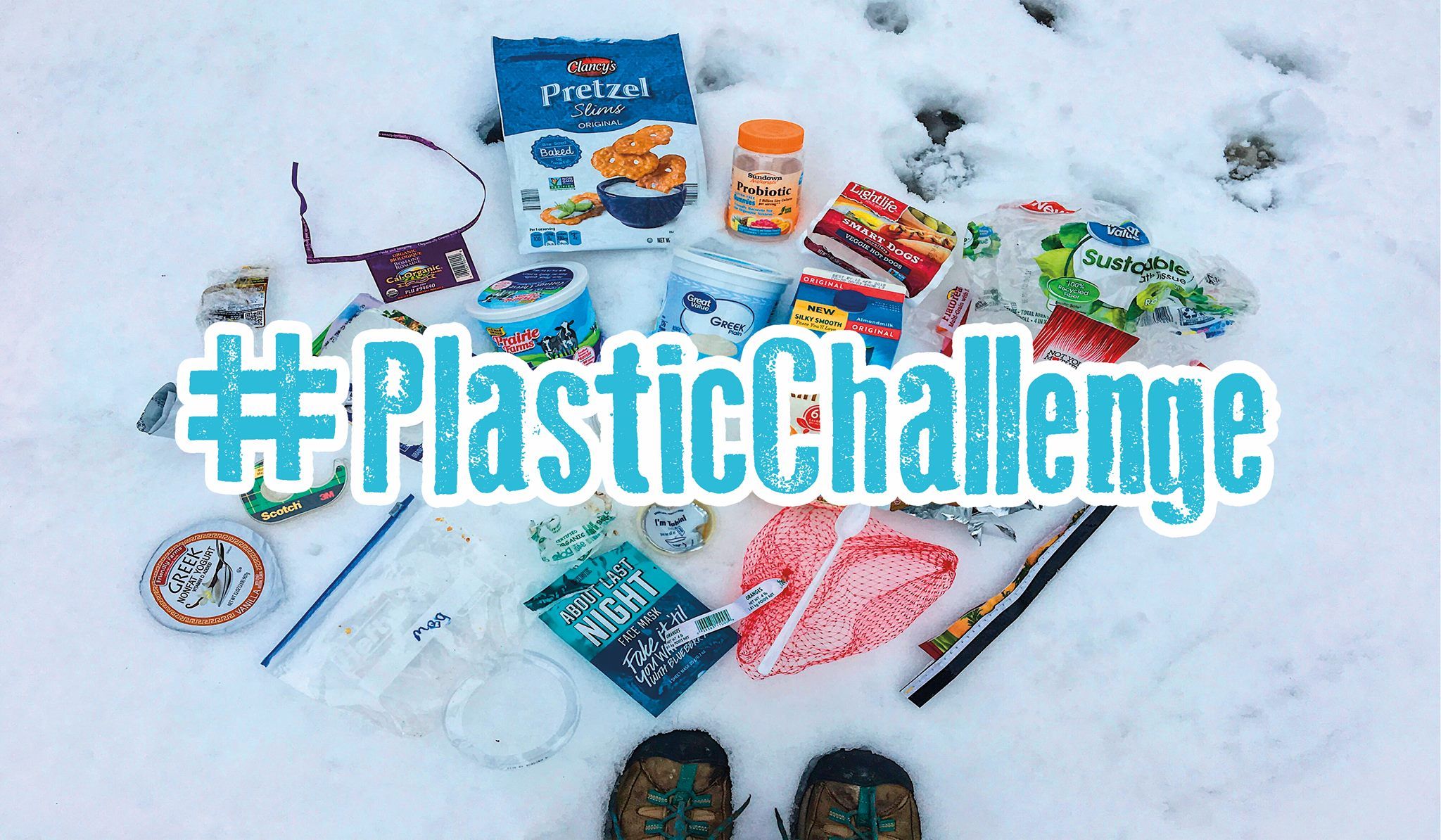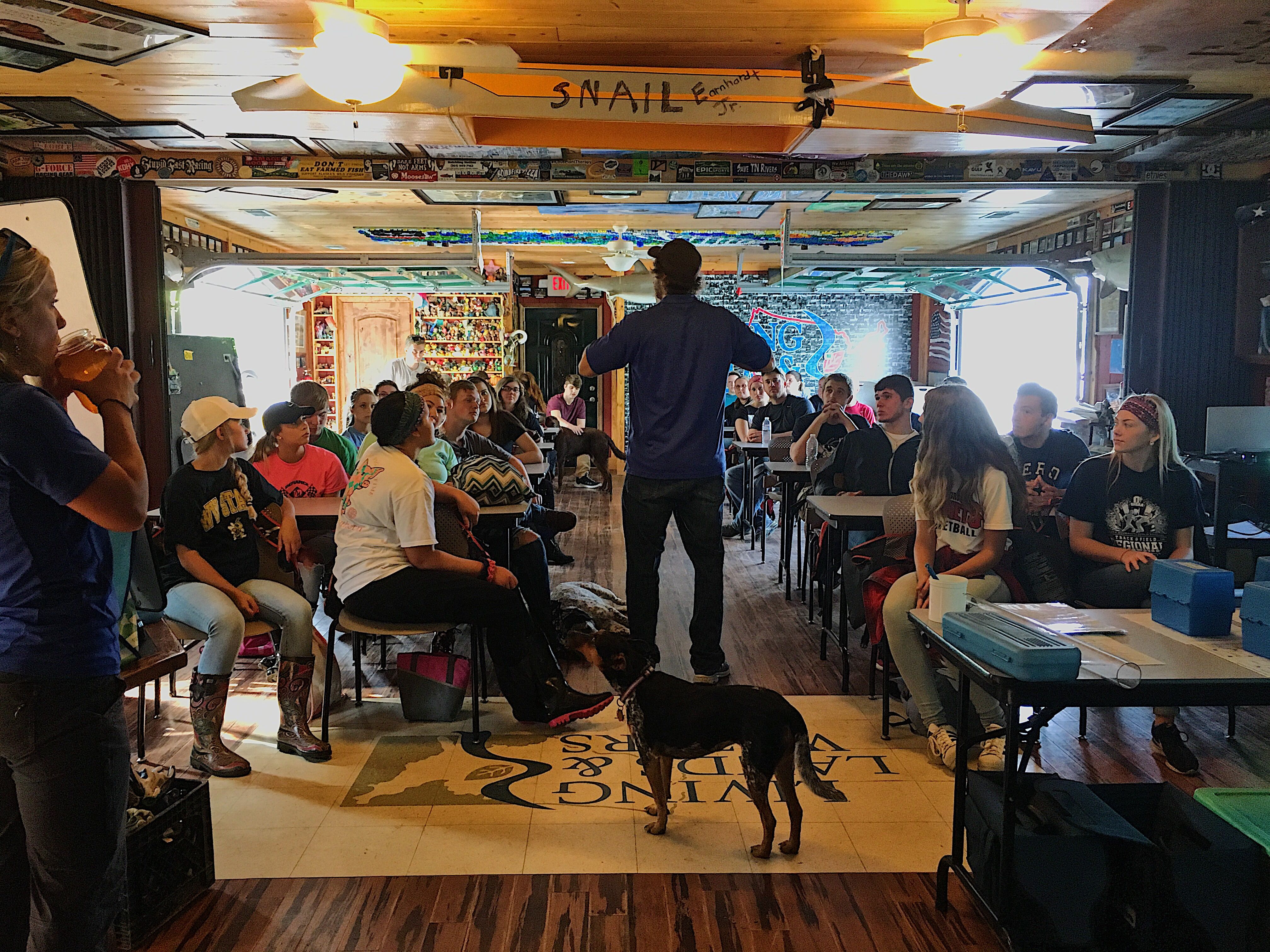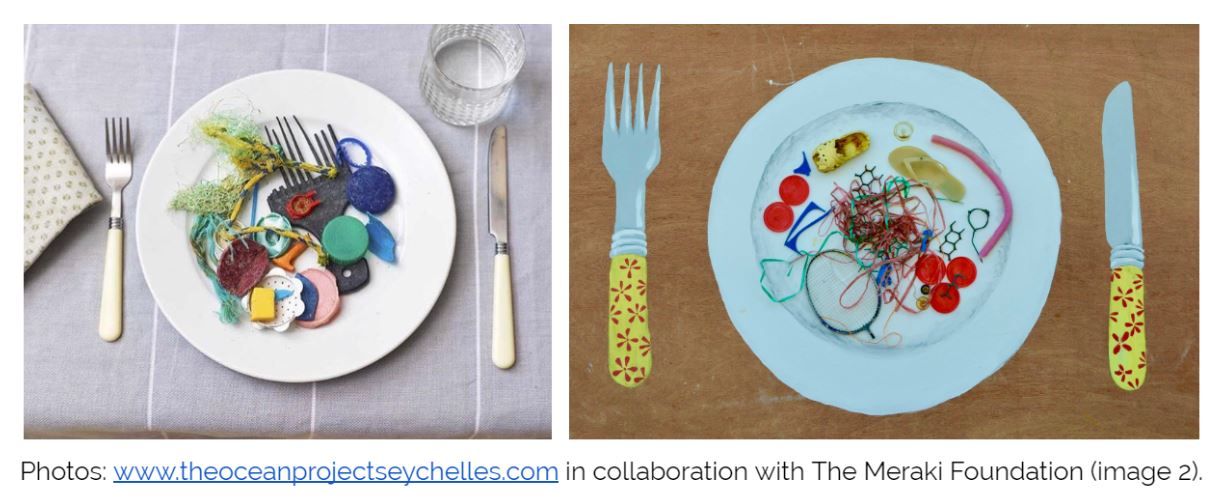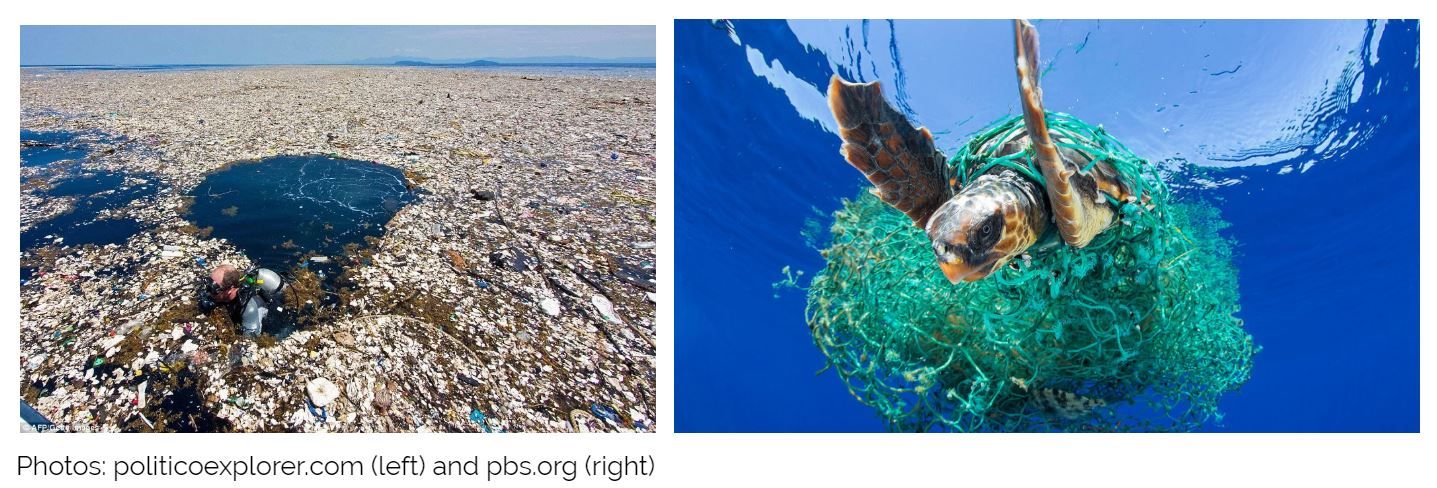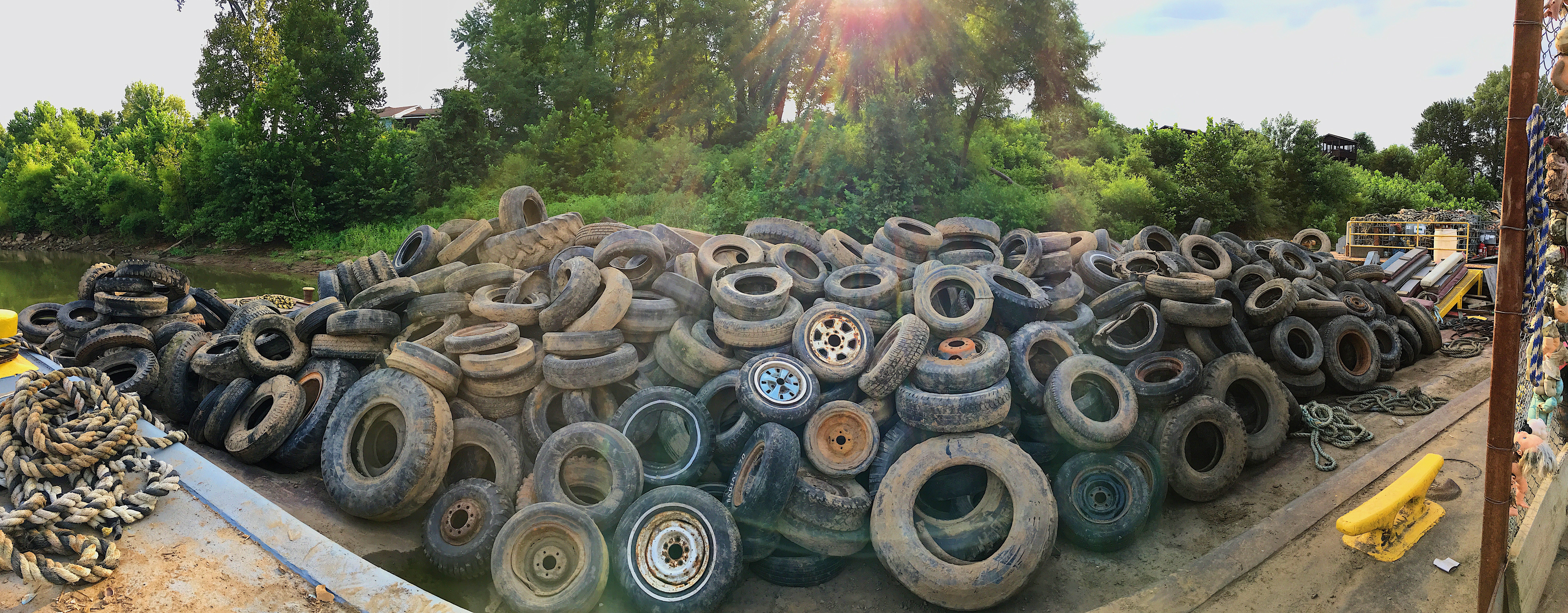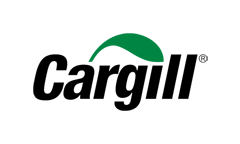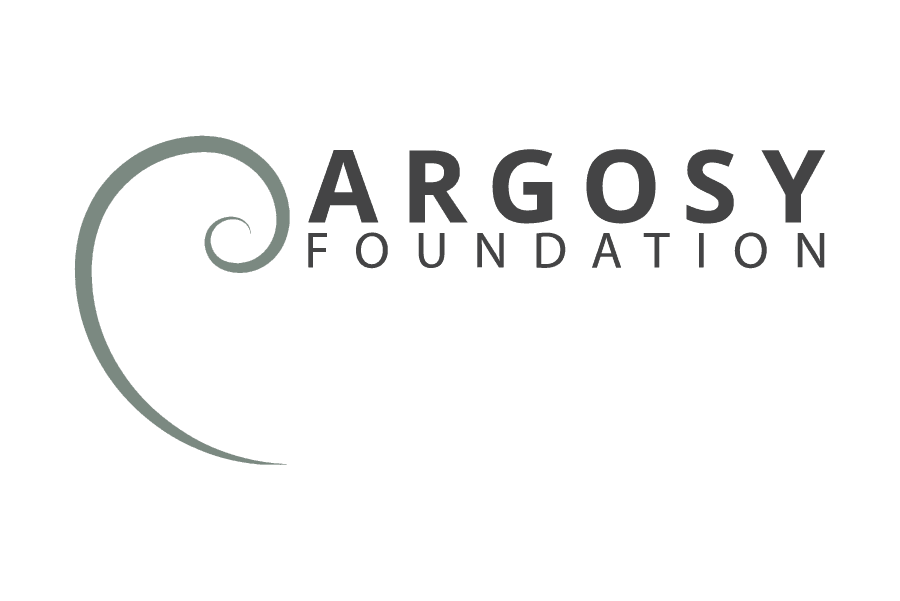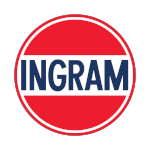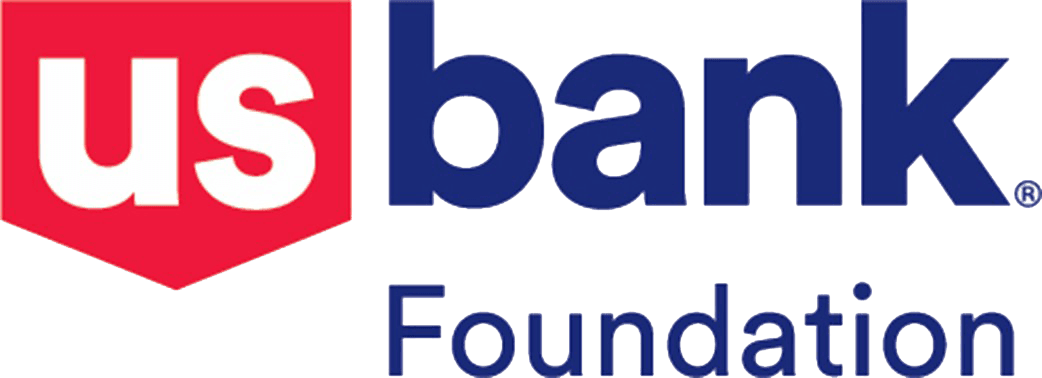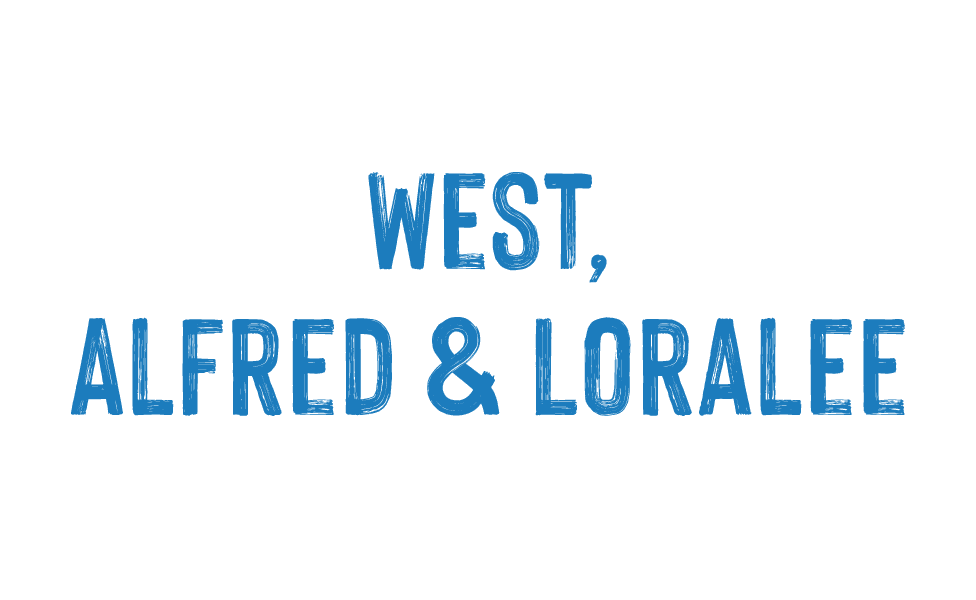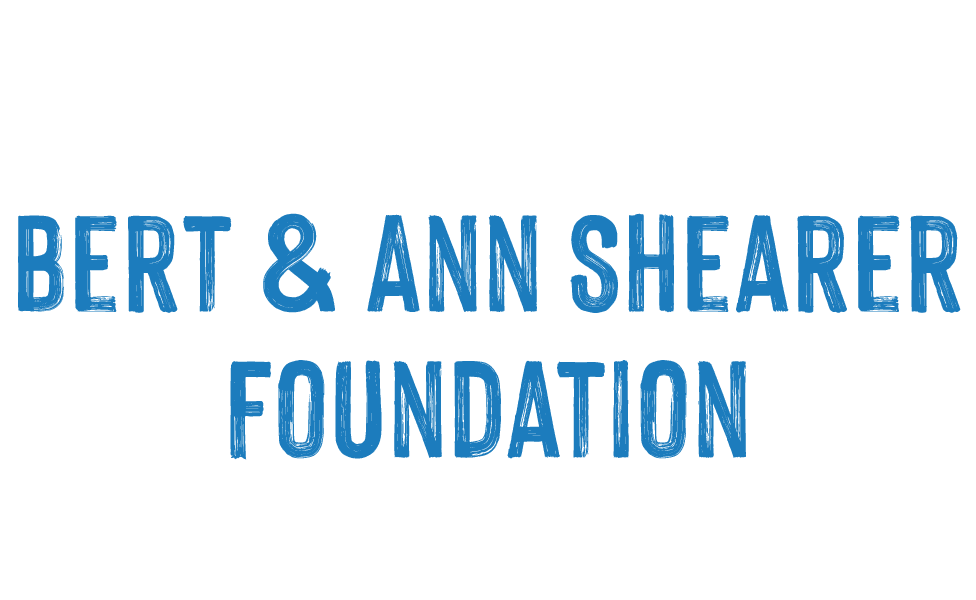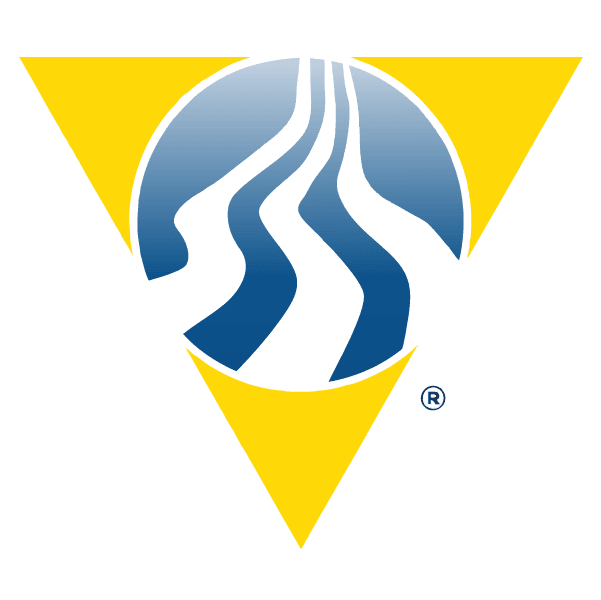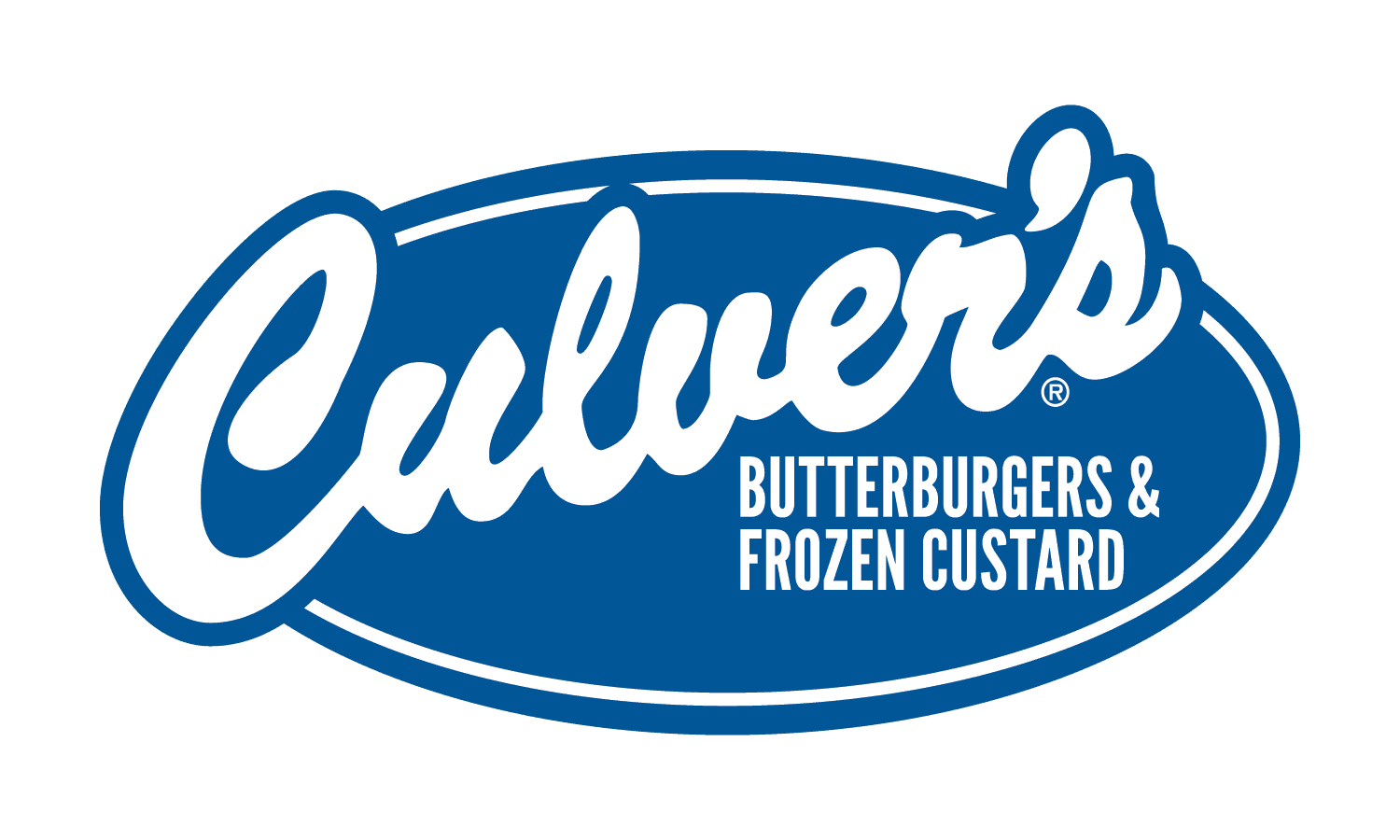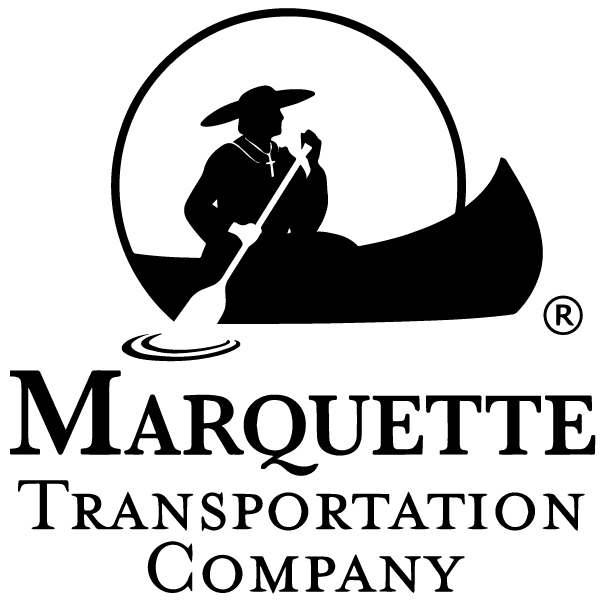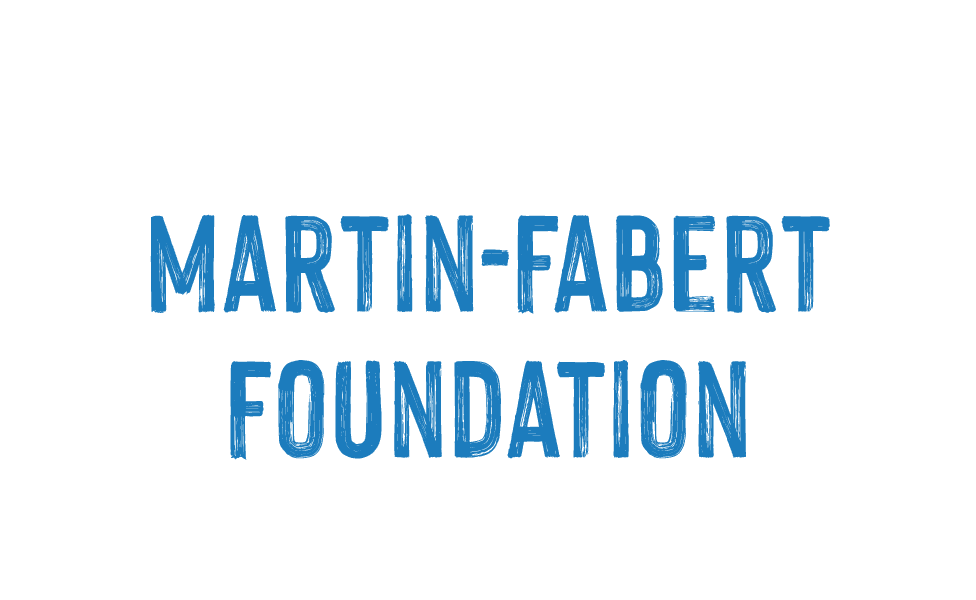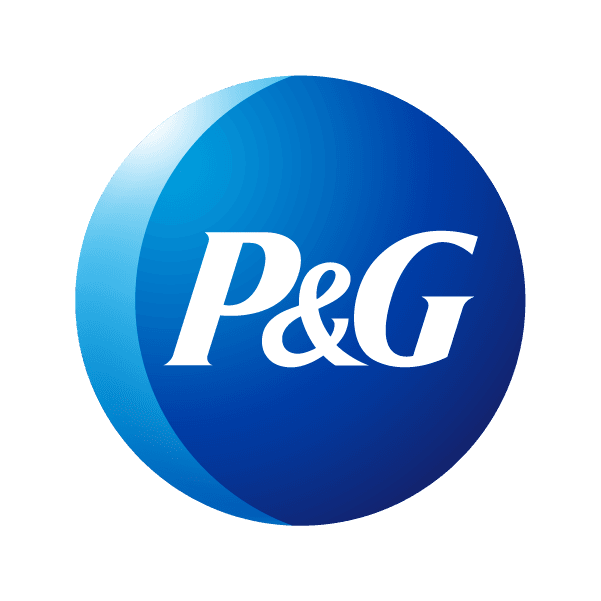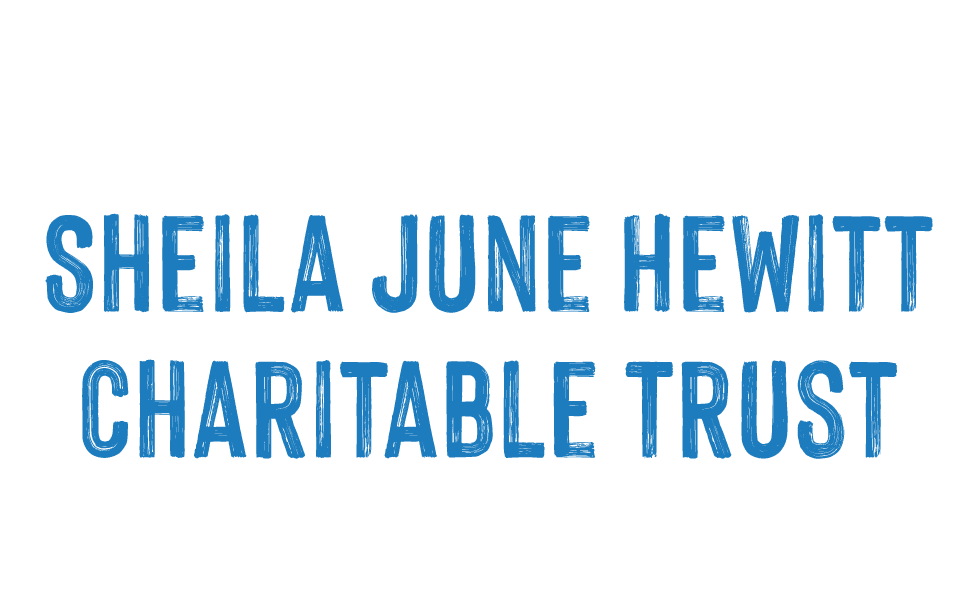Plastic, It's What's For Dinner
Article 5 - March 15, 2019
Written by Crystal Milburn
In the last blog, we talked about reducing our plastic waste via conscious consumerism...but why are people (and wildlife) eating it?
WTP?? (WHAT THE PLASTIC?)

As crazy as we might be, we’re not suggesting plastic is the latest diet craze of choice, but microplastics are sneakily ending up on the breakfast, lunch and dinner plates of wildlife and humans.
How?
The Great Pacific Garbage Patch and the infamous sea turtle images are visible damage. Microplastics don’t put on quite as big of a show. Meghan taught us that plastic lasts forever and breaks down into smaller particles over time. Those are considered secondary microplastics. Primary microplastics come from fleece clothing, industrial scrubbers, styrofoam, microfibers, cosmetics and personal care products such as toothpaste, exfoliating soaps and facial cleansers just to name a few. Both forms have become a dietary issue!
These harmful particles can end up in our drinking water because they are typically too small (less than 5mm) for wastewater treatment plant filters. Floating plastics and microplastics are often mistaken for food by wildlife which is damaging to them and our ecosystem. They can also end up on our dinner plates after being ingested by fish or other seafood we consume! Contaminants from the water can adhere to the plastics, too, making a bad situation even worse. Even when not ingested as food, chemical additives can leach out of plastics and microplastics into our waterways. Oceans get a lot of attention but we know that 90% of ocean trash comes from rivers. Below is the Mississippi River in Memphis plus the results from cleanups this week with our Alternative Spring Break students! During week one, they rocked it and collected over 14,000 pounds of trash, mostly plastics.

A garbage patch much closer to home, for some!
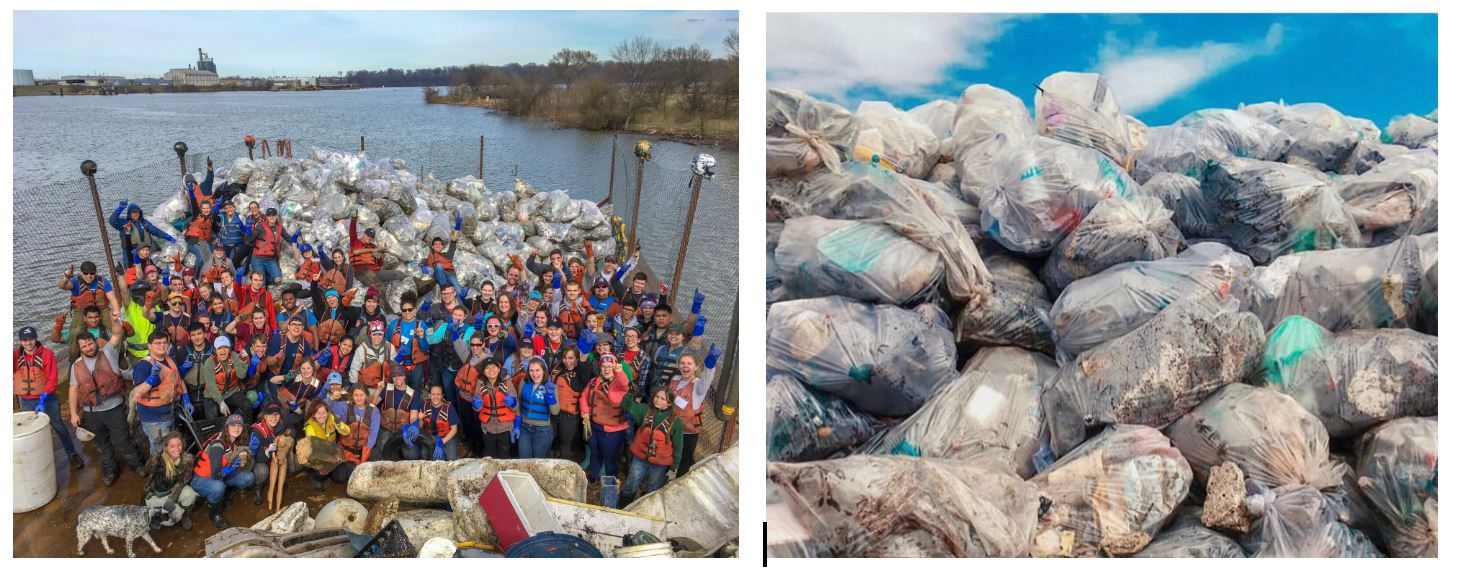
ASB students and their 14,000+ pounds of trash in just one week of river cleanups!
EASY TIPS FOR PLASTIC REDUCTION...IN OUR HOMES, AND THEIRS
-
Reduce, refuse, reuse, recycle - be mindful of your plastic and microplastic use
-
Pick up trash in your surrounding area
-
BYO reusable cups, straws, silverware, napkins, etc. to work or when getting takeout meals, coffee and other beverages
-
Avoid any personal care products that list “poly” as an ingredient
-
Use reusable grocery bags, sandwich bags, food covers, paper towels/rags, etc. (some of which you can make at home)!
-
Report plastic and other forms of pollution
-
Avoid purchasing fleece and other synthetic clothing and wait until it’s actually dirty to wash the stuff you already own
We’d love to see the strides you're making and hear your plastic reduction tips over on our Facebook group, Living Lands & Waters Plastic Challenge! Join the conversation and show us what you’re made of….anything but plastic, right?!
